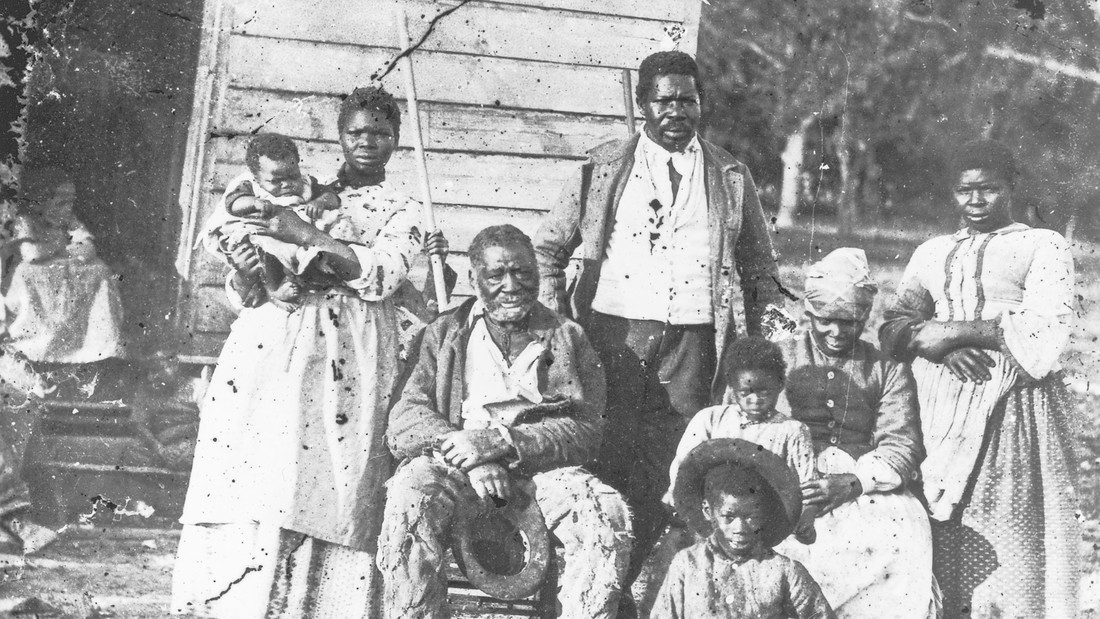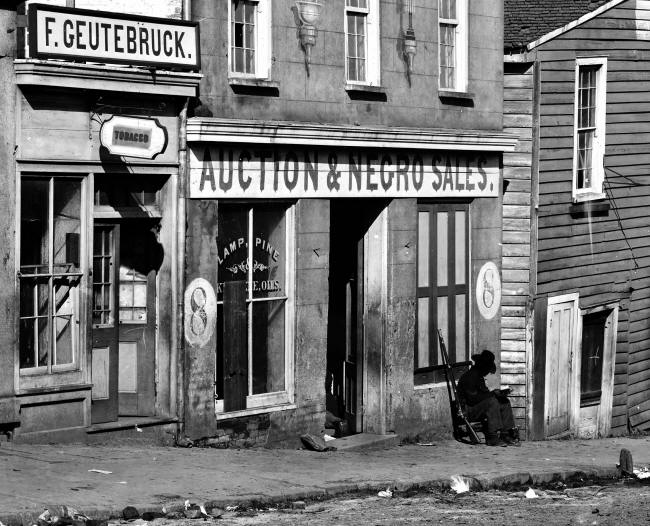
Introduction: Slavery
Legacies of Slavery
More than a century after its abolition, slavery has left a lasting legacy—a legacy evident in racism, economic inequality, and the social and economic underdevelopment of large parts of the Third World.
Far from being a marginal aspect of the American past, slavery played a highly significant role in this country’s development. A majority of the 650 workers who built the White House and the U.S. Capitol were enslaved African Americans. Before the Revolution, every colony permitted slavery.
Even after the institution was abolished in the North following the Revolution, Northerners continued to benefit from slavery. Northern textile factories relied on slave-grown cotton, Northern shipping interests transported the crop, Midwestern meatpackers and farmers sold pork and corn to slave plantations, and Northern banks and insurance companies financed and insured the production of cotton by slave labor.
Slavery also occupied a central place in the American constitutional and political order during the nation’s formative years. At the Constitutional Convention, slavery was debated from the first day of substantive debates until the last. The Constitution’s Three-Fifths clause not only enhanced Southern power in the House of Representatives and the electoral college, but also played a critical role in the two most important presidential elections before 1860: the election of Thomas Jefferson in 1800 and the election of Andrew Jackson in 1828.
Even though the South had a free population half that of the North as early as 1812, it held equal power in the U.S. Senate for most of the pre-Civil War era. The South was over-represented on the U.S. Supreme Court, where slaveholders comprised eighteen of the first thirty-one justices. Slaveholders occupied the presidency for 50 of the nation’s first 72 years.

Any accurate history of slavery must tell three stories at once. One is a story of oppression. Slavery represents among the most extreme forms of exploitation in history. Enslaved African American suffered extremely harsh physical punishments, division of families, and sexual abuse.
A second story involves resistance to slavery: How enslaved African Americans resisted exploitation and dehumanization through acts of physical and cultural resistance: through flight, physical revolts, everyday acts of resistance, and through religion and a vibrant culture.
Then there is a remarkable story of how enslaved Africans and their descendants helped shape everything that we think of as American: our language, music, food, religion, and even our ideals of freedom.
Slavery was deeply embedded in the nation’s economy and political system. Slaves made up a majority of the workers who built the White House and the U.S. Capitol. Northern textiles factories, shipping interests, farmers, and meatpackers profited from slavery. The Constitution’s Three-Fifth Clause influenced the outcome of two pivotal elections, in 1800 and 1828
During the decades before the Civil War, slave-grown cotton generated three-quarters of the nation’s exports, attracting the foreign capital that helped finance the nation’s transportation system and industry. At the same time, slaveholders not only dominated the presidency and the Supreme Court, but chaired the most important Congressional committees and made up a disproportionate share of the nation’s diplomats. Yet, this makes it all the more remarkable that a small group of abolitionists, black and white, succeeded in abolishing slavery.